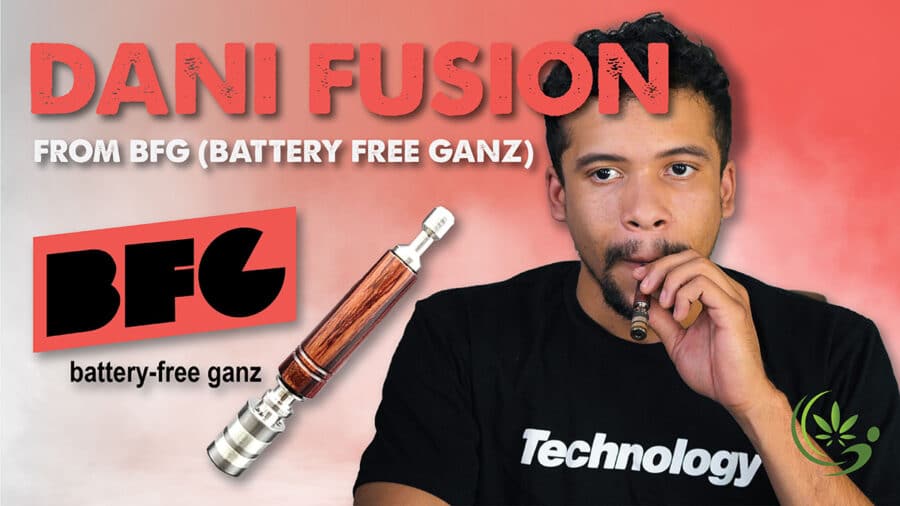The Most Common Qualifying Conditions for a Medical Marijuana Recommendation
There may be no need to suffer if you are affected by one or more of these conditions

Social attitudes around cannabis legalization are changing. Decriminalization bills, and medical use consideration laws are going into effect around the country. Exceptional healthcare has a reputation like that of a unicorn in the United States, and the need for effective, affordable treatment options is very real for many Americans.
Like anything involving healthcare, there’s a lot of red tape to parse. As of this writing, unless you live in Idaho, Kansas, or Nebraska, your state allows for cannabis products and use within their own very specific and often wildly different parameters. In states where cannabinoids can be used as part of a medical treatment program, one of the most common questions among patients is, “How do I qualify?”
Here’s a list of the most common qualifying medical conditions for receiving a medical marijuana recommendation, and the effects cannabis can have on improving a patient’s overall quality of life.

Anxiety – An estimated 1 in 5 adults experience anxiety, and it’s one of the most common ailments cited as a reason for marijuana usage. Effects can vary, and cannabis products affect everyone differently, but research has shown both THC and CBD can ease anxiety for many users. Remember to always start with a low, and work your way up to an effective dose.
Arthritis – Studies suggest CBD has anti inflammatory, and pain relieving properties, particularly when used with THC. CBD has no psychotropic effects, and many CBD oils and creams are readily available over the counter in most states.
Alzheimer’s – Marijuana has a notoriously bad rep when it comes to potential long term effects on memory. But if you or a loved one are struggling with Alzheimer’s, cannabinoids help improve mood, relieve anxiety, and ease the effects of “sundowning” – when a patient becomes confused, irritable, or restless as dusk falls at the end of the day.

Cancer Treatment Symptoms – Chemotherapy often comes with nausea, vomiting, and general lack of appetite when their bodies most need the resources. Treatments can also cause severe nerve damage, and cannabis can be helpful in relieving this pain; a study by the American Red Cross shows that cancer patients who use marijuana often report needing less pain medication.
Crohn’s Disease – According to the Chron’s and Colitis Foundation, smoking cannabis has been shown to be an effective treatment to improve patient symptoms like decreased appetite, nausea, and pain. It’s also speculated to be effective in reducing intestinal inflammation, but due to lack of research, this claim is inconclusive.
Chronic Pain – Studies have shown marijuana can be helpful in relieving pain, particularly neuropathic pain, caused by damaged nerves. Anecdotally, marijuana is an effective pain reliever in general, but the science is out on exactly how cannabinoids work, which is part of why dosage and effects vary greatly depending on the person.
Depression – Science is still working on the hard data for this one, evidence suggests that marijuana can help restore or augment the mood stabilization chemicals naturally produced by the brain.

Epilepsy – Laboratory studies have supported the theory that cannabinoids, CBD in particular, may have seizure-controlling potential. The most common side effects reported by patients were lethargy, decreased appetites, and change in liver function – but it should be noted that all participants of the study were also on other seizure medication during the experiment trials.
Glaucoma – Because of a study done in the 1970s that suggested THC could help reduce intraocular eye pressure, glaucoma has long been the punch line of many a stoner’s joke. Here’s the thing: there are different types of glaucoma, and they each affect the eye and optic nerves a little differently. In fact, CBD might actually raise intraocular eye pressure. As previously mentioned, cannabinoids can be a useful treatment option as part of a larger pain management plan.
HIV/AIDS Symptoms – Fortunately we live in an age where FDA approval of an HIV vaccine is imminent, and effective treatment options exist for AIDS patients. This is another case where marijuana is often the treatment for the treatment, relieving the ill effects of drugs fighting the actual disease.

Insomnia – At low doses, CBD can have an uplifting, even energetic effect, but in larger doses, research suggests it can help improve the onset of sleep in the short term. With THC, the effects appear to be more potent.
Migraine – Migraines are difficult to describe to people that don’t get them. Searing head pain, nausea, and severe sensitivity to light can make functioning nearly impossible. According to a study by Frontiers in Neurology, “Medical cannabis significantly reduced nausea and vomiting associated with migraine attacks after 6 months of use.” It also reduced the number of days a migraine attack was likely to occur, and in about 11% of cases, brought symptoms to a halt.







